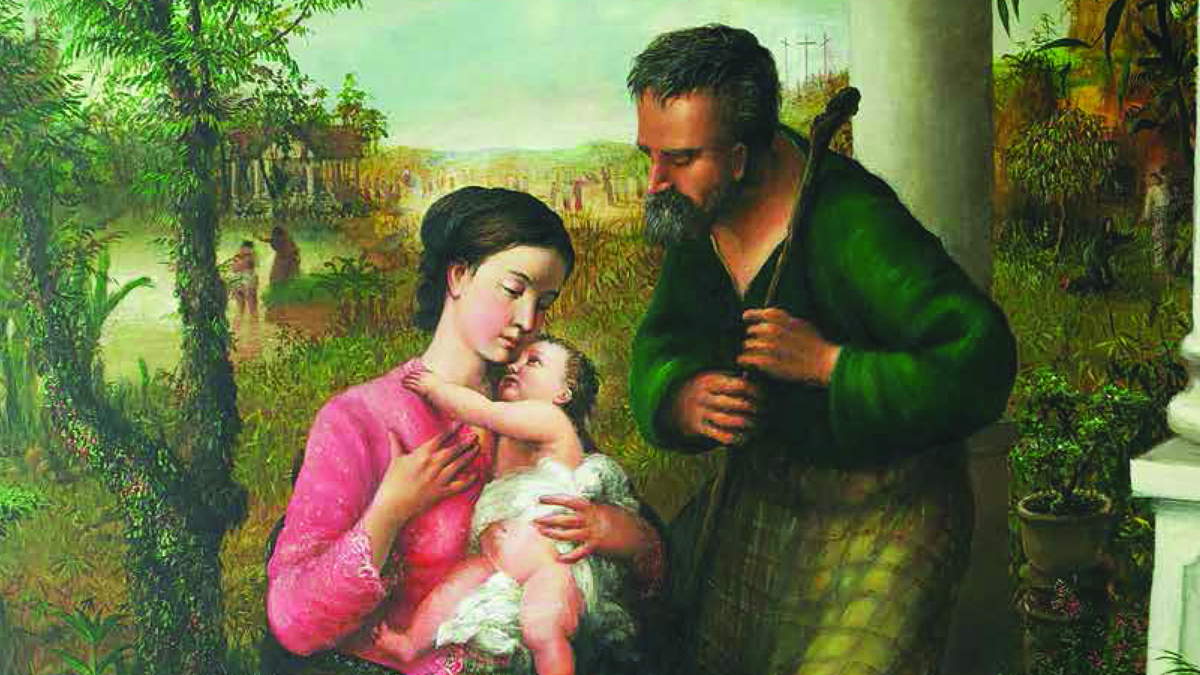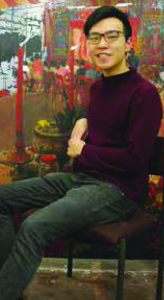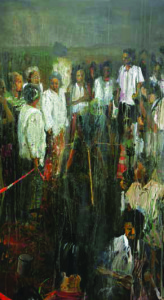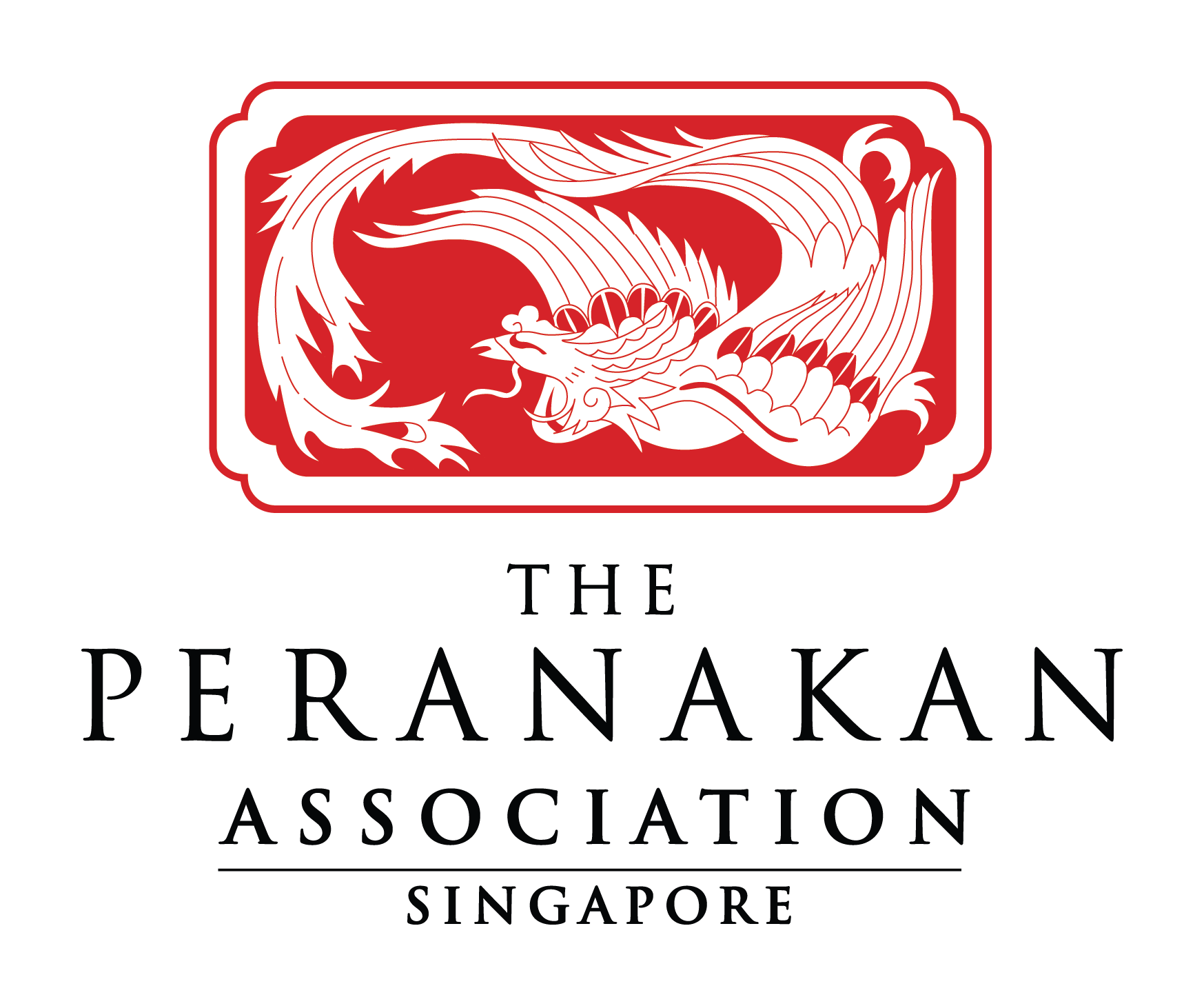
Baba Bryan Tan sits down with Alvin Ong to discuss his influences and aspirations as a painter.
When I heard I was to interview Alvin Ong, a prodigious local painter and youngest winner of the UOB Painting of the Year award in 2005 at the age of 16, I immediately imagined someone who had been cooped up for too long in a room without showering. Someone who always had smudges of paint pigments n his fingers and clothes. But the person who turned up at my doorstep was quite something else.
As a fellow contemporary aged 27, Alvin is the perfect depiction of the boy next door. Affable and unassuming, he smiles seriously as he recounts his humble beginnings growing up.
 “I’m not Peranakan by descent, but I spent a lot of time with my godparents and their extended family who are Peranakan. I assimilated a lot of aspects of the culture growing up with them,” he recalls. “My paintings are record of social memory, stories that I think are worth preserving.”
“I’m not Peranakan by descent, but I spent a lot of time with my godparents and their extended family who are Peranakan. I assimilated a lot of aspects of the culture growing up with them,” he recalls. “My paintings are record of social memory, stories that I think are worth preserving.”
One of his earlier sketches featured the living room of his godparents’ house. “This place has a special place in my heart, because it holds many memories of family events. It was very organic and eclectic. Antique furniture and photos sat casually next to their modern counterparts. For me it is a way in which memories are layered on top of one another.”
Fast-forward to the present, and Alvin describes a recent privately commissioned piece, The Holy Family for a Peranakan home. Looking past the religious subject matter, one discovers the painting to be a stunning visual compendium of cultural references: The Poh kia ee, the Virgin’s kasot manek, her udang galah tinted sarong kevaya, Joseph’s sarong, a mother-of-pearl chair, the belimbing tree and the potted plants. All of these combines to conjure a world perhaps only familiar to an older generation.
 Alvin talks about the Buikt Brown cemetery; witnessing its subsequent redevelopment promoted him to interrogate his roots and the price we pay for development. In Search of Tanah Airku is a recent work in which many of these thoughts come together. This work features what seems to be an exhumation amongst a gathering of figures.
Alvin talks about the Buikt Brown cemetery; witnessing its subsequent redevelopment promoted him to interrogate his roots and the price we pay for development. In Search of Tanah Airku is a recent work in which many of these thoughts come together. This work features what seems to be an exhumation amongst a gathering of figures.
I proe into its slightly dark and morbid elements and he nods wryly in acknowledgment, “My paintings may seem a bit melancholic and nostalgic, but sometimes, I think death and loss isn’t something to be pantang (superstitious) about, because they are part and parcel of life.”
When asked about the parallels to Peranakan culture, whether discovering what is past and forgotten is a way to move forward, Alvin wholeheartedly agrees. “Culture and tradition are the anchors in a changing world,” he muses. “But at the same time not static, because of the people who inherit it and continue to sustain it.” Alvin is now reading fine art in Oxford.
